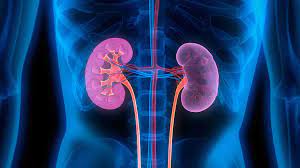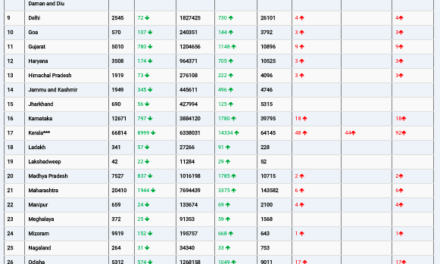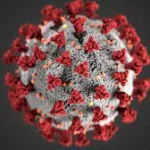A recent study suggests that serum fibroblast growth factor 23 (FGF23) levels may serve as an independent biomarker for the early detection of diabetic kidney disease (DKD), enhancing the predictive capabilities of the standard annual screening methods, including estimated glomerular filtration rate (eGFR) and albumin-to-creatinine ratio (ACR).
Study Methodology
Clinical research has linked elevated FGF23, a bone-derived hormone, to disrupted bone metabolism and the progression of chronic kidney disease in diabetic patients. To further explore this connection, researchers analyzed data from 1,614 individuals with diabetes who were part of a longitudinal community-cohort study in China. The study enrolled participants aged 55 to 70 years and followed them for a median period of 4.6 years.
At baseline, 199 participants had DKD, while 198 individuals (mean age: 63 years; 71% women) developed DKD during the study period. Researchers measured baseline serum FGF23 levels using an enzyme-linked immunosorbent assay and classified DKD progression risk into three groups: moderately increased risk, high risk, and very high risk, based on eGFR and ACR values.
Key Findings
The study revealed that:
- FGF23 levels were elevated in patients with DKD from the outset and continued to rise as DKD severity increased.
- No significant changes were noted in serum calcium and phosphorus levels.
- FGF23 independently predicted the onset of DKD (adjusted odds ratio: 1.290; 95% CI: 1.063-1.565) after adjusting for conventional risk factors.
- Subgroup analysis showed that FGF23 independently predicted DKD in individuals with lower body mass index, poor glycemic control, and shorter diabetes duration, as well as those with baseline diabetic retinopathy.
- Incorporating FGF23 into traditional risk models significantly improved their predictive accuracy for incident DKD.
Clinical Implications
“Our study reveals an early and gradual increase in serum FGF23 levels during the course of DKD, suggesting that FGF23 could serve as a reliable independent biomarker for DKD risk prediction,” the researchers noted. They emphasized the clinical potential of FGF23 in aiding early DKD identification, particularly in primary care and resource-limited settings.
Study Limitations
While the findings are promising, the study had certain limitations:
- The research was conducted in a community-based cohort of middle-aged and older adults in China, which may limit its applicability to broader populations.
- DKD diagnosis relied on albuminuria and a reduced eGFR without renal biopsy confirmation.
- Only a single baseline urine sample was collected per participant.
- The relatively short follow-up period (4.6 years) may not have fully captured the association between FGF23 and DKD progression.
Funding and Disclosures
The study was led by Dan Liu, PhD, and Shujie Yu from the Department of Endocrinology and Metabolism at Shanghai Sixth People’s Hospital Affiliated to Shanghai Jiao Tong University School of Medicine. The findings were published in Diabetes, Obesity and Metabolism.
The research was supported by the National Key Research and Development Program of China, the Innovative Research Team of High-level Local Universities in Shanghai, and the National Natural Science Foundation of China (NSFC), among other funding sources. The authors declared no conflicts of interest.
Disclaimer
This article is for informational purposes only and does not constitute medical advice. Readers should consult healthcare professionals for diagnosis and treatment of medical conditions.











